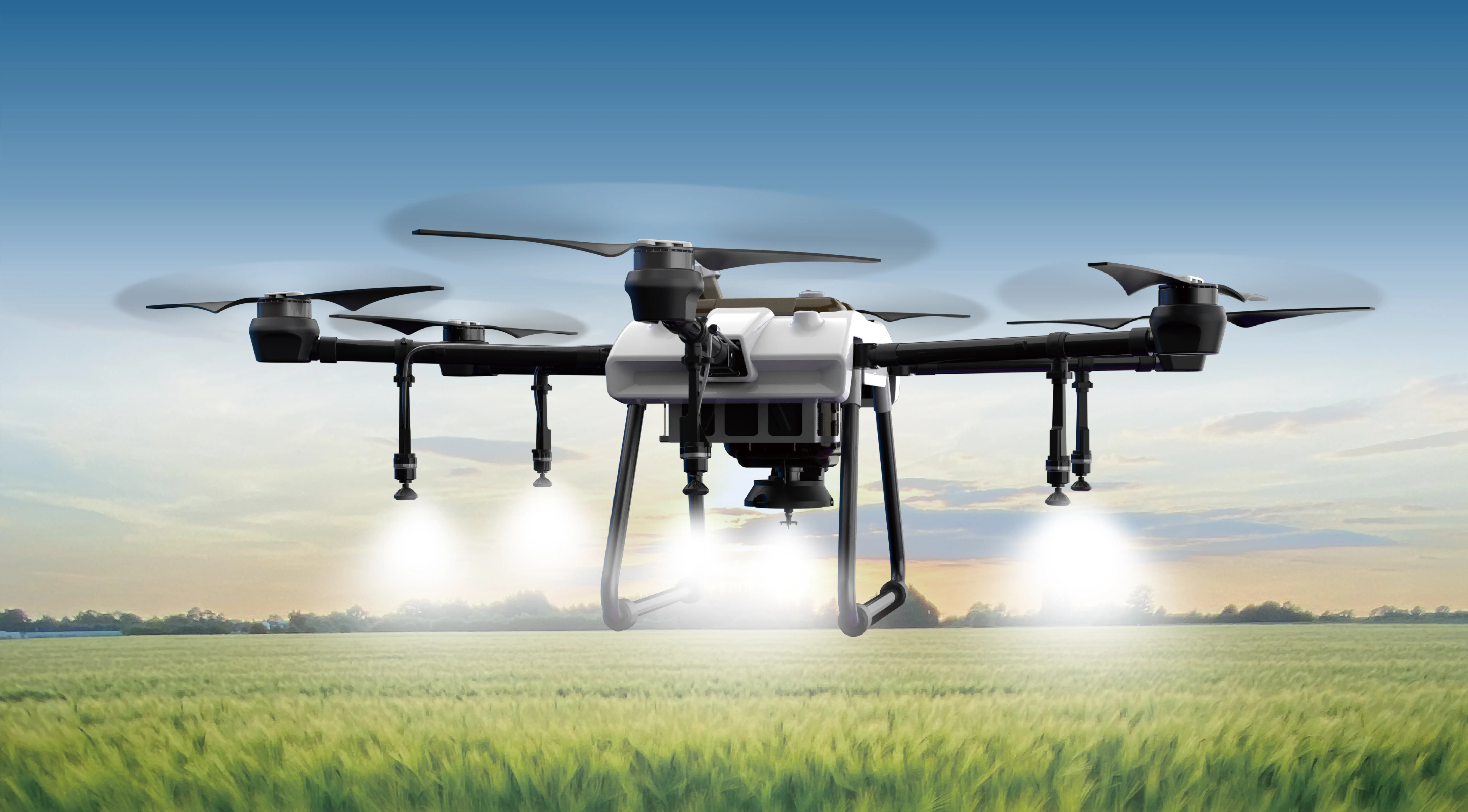Alright, let’s dive into the world of connecting servo motors to Arduino — it's a setup that might sound simple, but once you get into it, you'll see it's a little more fascinating and nuanced than just plugging wires in. Think of it like building a tiny robot limb; there's something satisfying about watching a motor move precisely because you told it to.

Imagine this: you’re tinkering in your garage or craft room, holding a small servo motor in one hand, your Arduino in the other. It’s almost like making a tiny puppet come to life. The servo's small, but it's packed with potential—controlling arms, rotating cameras, or even playful robot eyes. The secret sauce? It’s just a few straightforward connections but enough to make your creation respond to your commands.
One thing that pops up often — “How do I connect this servo motor to Arduino?” It’s actually pretty straightforward. The servo usually has three wires: power (typically red), ground (black or brown), and signal (white or yellow). First, you connect the power to the 5V pin on the Arduino, ground to GND, and the signal pin to one of the digital pins that can pulse, like pin 9 or 10. That’s the magic touch. Once that’s done, you upload some basic code, maybe something that makes the servo sweep from side to side. And suddenly, it’s moving!
But wait, what about power needs? Not every servo is a tiny chip that sips power. Some larger models like to eat up extra juice. In those cases, it’s wise to use an external power supply so your Arduino doesn’t get overwhelmed. It’s like feeding a pet — you want enough, but not too much.
Here’s a little insider tip: proper grounding is key. Ensuring the servo’s ground connects to the Arduino’s ground keeps everything on the same page. Otherwise, erratic movements can occur, which is kind of like a dance partner suddenly forgetting the moves.
People often ask: "Can I run multiple servos from one Arduino?" The answer is yes, but watch out for power. Each servo draws current, so it’s like juggling, and you don’t want to overload. One trick is to use a power supply dedicated to the servos while keeping the Arduino’s ground connected. That way, everything stays synchronized.
And if you’re dreaming about crazy projects — robotic arms, automated curtains, or even a tiny camera gimbal — connecting a servo motor to Arduino is step one. With just a little patience and some trial-and-error, you start to see the magic happen. Each turn of the motor, each tweak of the code, builds into something bigger.
So, why do it? Because controlling a servo with Arduino opens the door to endless creativity. It’s not just about getting the motor to move—you’re learning the language of motion, of automation. You’re turning bits of code into motion, into something tangible.
Once you immerse yourself in this process, you realize it’s more than just wiring; it’s about understanding movement, precision, and control. Whether you're building a robot or just experimenting, connecting servo motors to Arduino is like giving life to your ideas. And that feeling? It’s unbeatable.
Established in 2005, Kpower has been dedicated to a professional compact motion unit manufacturer, headquartered in Dongguan, Guangdong Province, China. Leveraging innovations in modular drive technology, Kpower integrates high-performance motors, precision reducers, and multi-protocol control systems to provide efficient and customized smart drive system solutions. Kpower has delivered professional drive system solutions to over 500 enterprise clients globally with products covering various fields such as Smart Home Systems, Automatic Electronics, Robotics, Precision Agriculture, Drones, and Industrial Automation.




































